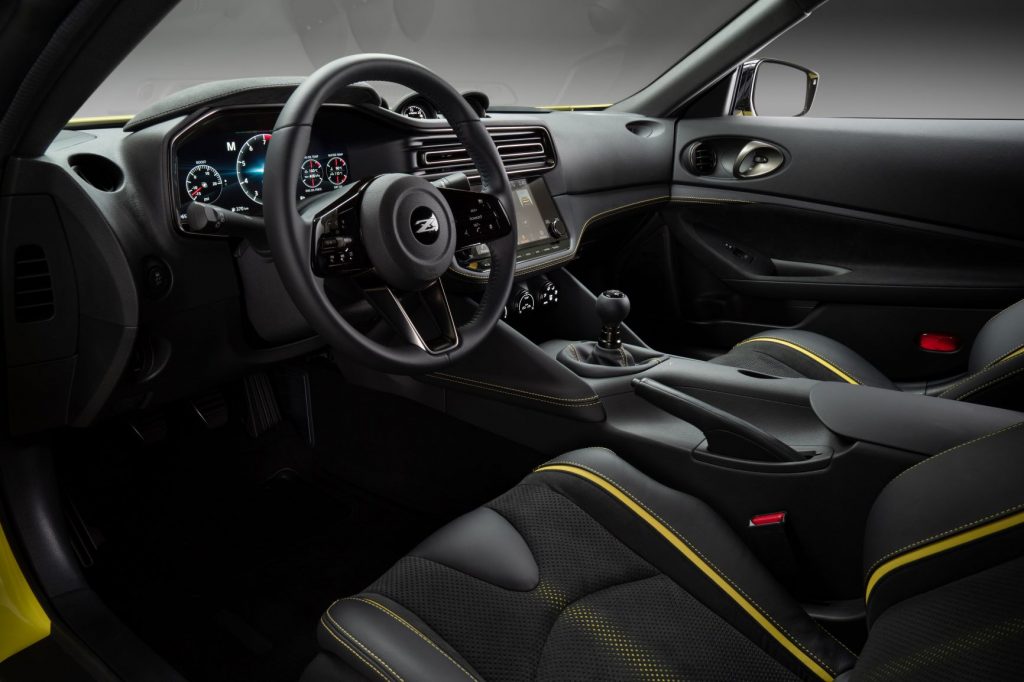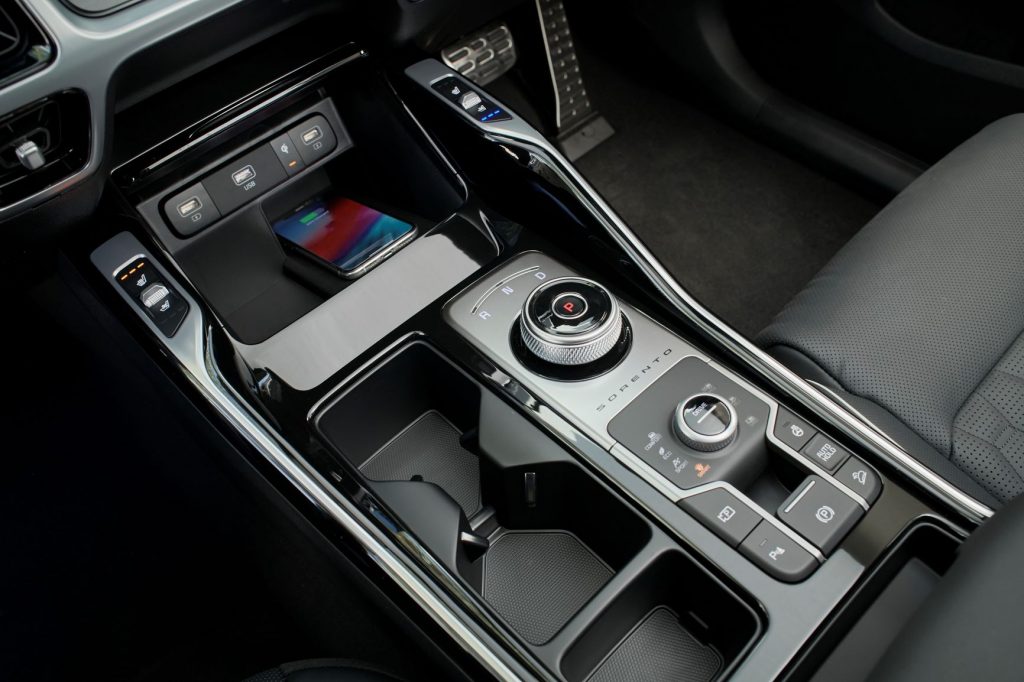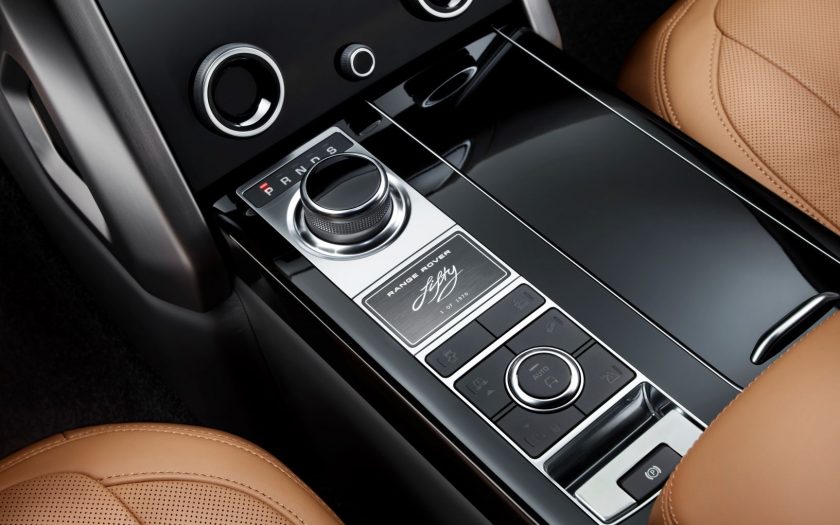IT LOOKS LIKE the traditional handbrake is making way for electronic parking brakes, whether we like it or not.
The parking brake, often referred to as the “emergency brake”, used to be operated by a lever on the floor, or, even further back in time, as an umbrella handle under the dash. Another version is the foot operated parking brake, much favoured by American drivers. Increasingly, the parking brake is an electronic device operated by a button on the dash or centre console. Of course, in this guise, it can’t be used as an emergency brake.
According to UK automotive shopping site, CarGurus, just 24 percent of new cars on sale in the UK today come with a manually operated handbrake, falling even further from 30 percent recorded last year. Australian figures would be broadly the same.

Some popular models, including the BMW 1 Series and 3 Series, Peugeot 208 and Nissan Juke have all dropped classic manual handbrakes over the last year.
Only one mainstream manufacturer (and not on the Australian market), Dacia has a manual handbrake on every model in the range with the majority of car makers only offering the part on sportier cars or cheaper superminis, with the likes of the Mazda MX-5, BMW M2 and the SEAT Ibiza all featuring one.
A handful of manufacturers have phased out the part completely and replaced it with an electronic parking brake, while some use the foot-operated parking brake.

The CarGurus study found that Alfa Romeo, DS, Honda, Jaguar, Land Rover, Lexus, Mercedes, Porsche and Volvo no longer have any models on sale fitted with a traditional manual handbrake.
While traditionalists would argue that the electronic parking brake removes the tactile feel, mechanical simplicity and interactivity of the classic handbrake, they are still considered a luxury convenience and safety feature by many, requiring less physical effort to hold the car more securely without the need for any adjustments.
Many electronic handbrakes disengage automatically when you pull away, plus they often offer an automatic hill-hold assist function as an additional safety benefit. From a design perspective, the switch helps de-clutter cabins too, taking up less interior space than a chunky lever.
Chris Knapman, editor at CarGurus UK commented on the research, saying: “It looks like the manual handbrake only has a few years left, as it continues its steady decline in the new car market, with nearly two dozen models removing it as an option over the last 12 months.”
“We expect the number of cars on sale with traditional handbrakes to decline even further over the coming years, as it continues to be relegated to a feature across a select few sporty and small-volume models. Though the manual handbrake may soon be a thing of the past in brand-new cars, its demise might see some buyers dip into the used car market for some nostalgia.”
What do you think? Is the electronic parking brake a step in the right direction, or would you prefer a traditional pull-up handbrake?
